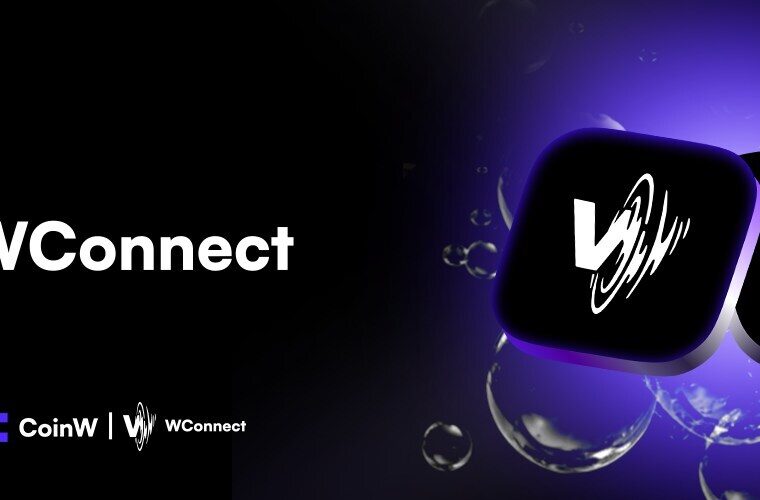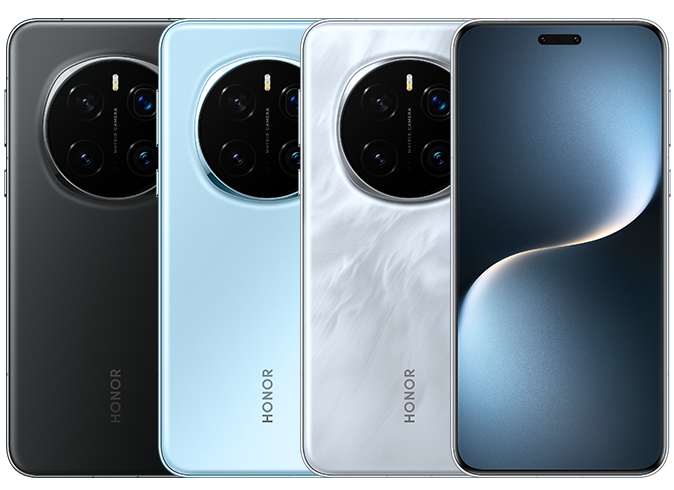Power Line Communication (PLC) is the communication technology that uses the existing public and private wiring for transmission of signals. PLC signals and high-speed data are transmitted over low-voltage power lines. This means that with just power cables running to an electronic device, users can power it up and retrieve data from it.
Over the past few years, signal processing technology saw a rapid rise in the development of modem chips that are able to overcome any transmission difficulties. This includes the sending of communication signals over electrical power lines. In addition, it supports PLC technology to allow Internet access through transmission lines. This technology is referred to as Broadband over Power Line (BPL).
What is Power Line Communication?
Power Line Communication works the same way as any other electric communication system. It carries data using the same existing network of wires from one end to the other end. In other words, PLC uses the same conductor as AC electric power transmission or electric power distribution to customers.
Most PLC technologies and companies try to limit themselves to only one type of wires. These are premise wiring that can be found within a single building. In rare cases, PLC can cross between two levels like premise wiring and distribution network. Generally speaking, there are four types of Power Line Communication:
1. In-House networking: By using In-House power wiring, users are ensured high-speed data transmission.
2. Broadband over Power Line: With outdoor mains power wiring, broadband internet access can be offered to customers.
3. Narrowband In-House applications: Through In-House power mains, low bit rate data services like home automation and intercoms can be controlled and used for communication.
4. Narrowband outdoor applications: For automatic meter reading and remote surveillance or control, the narrowband outdoor application can be used.
How does Power Line Communication works?
Like other communication technologies, PLC also consists of the sender and receiver. The sender modulates the data that is to be sent through a communication medium, while the receiver demodulates the data for further use. Apart from sending signals for communication, PLC allows users to control and monitor all the connected devices to the power line. This is possible because everything is implemented in the same wiring system.
PLC is widely used for transmitting radio programs, control of switching mechanisms by the utility company, transmission line protection, and automatic meter reading. PLC signal comes with low frequency and high frequency. Low frequency is anywhere from 3KHz to 150Khz, meaning data transmission is at low bit rate but longer range. High frequency is from 1MHz to 100MHz and allows transmission in broadband, but reduces the range.
The advantages of PLC are low implementation cost as it requires no new wires and large reach, which enables communication with hard-to-reach nodes like underground structures and metal walls. Disadvantages of PLC are low transmission speed, sensitivity to disturbance, and the high price of capacitors and inductors.
What is Broadband over Power Line?
Broadband over Power Line (BPL) is, in fact, a method of Power Line Communication. The technology allows for high-speed digital data transmission over the public electric power wiring. BPL uses higher frequencies and a wider frequency range to provide high-rate communication. A significant number of components make up the power distribution grid. All of them are aimed at delivering electricity to customers. Recent technological advancements have led to the development and implementation of a new system that made it possible to deliver broadband services. These systems are comprised of:
• Access BPL
• In-House BPL
Access BPL uses electrical transmission lines to deliver broadband to the customer’s home. It relies on injectors, repeaters, and extractors to deliver the high-speed broadband service. In-House BPL is broadband access within a building using the electric lines of the structure to provide the network infrastructure. Sometimes it can be a combination of both.
The biggest difference between the two is that In-House BPL utilizes the electric wiring in a privately owned building, while Access BPL uses electric power lines owned, operated, or controlled by an electricity service provider. As mentioned previously, BPL technology is designed to provide short-distance communication solutions.
How does Broadband over Power Lines work?
At a high level, the BPL network consists of three key segments: the backbone, the middle mile, and the last mile. BPL vendors are primarily seeking to address the last mile segment in order to successfully make way into customers’ homes. From the user perspective, BPL works by sending high-speed data along medium or low voltage power lines into the customer’s home. The signal traverses the network either through the transformers or by using bridges and couplers. The user only needs to plug an electrical cord from BPL modem into any electrical outlet, then plug an Ethernet cable into an Ethernet card on their PC.
Where is the technology applied?
Power Line Communication is mainly used for telecommunication and telemonitoring between electrical substations. Additionally, it is widely used in technologies like Smart Grid, Advanced Metering Infrastructure, and micro-inverters. Medium frequency PLC is used in homes to remote control lighting and appliances without installation of additional wiring. If the technology continues to evolve and is presented to wider audiences, it will have more adaptation and application. It could be used for traffic light control, have industrial application for irrigation control, machine-to-machine applications like vending machines, telemetry applications like offshore oil rigs, transport applications like electronics in cars, trains, and many more.
BPL opens up exciting possibilities for the future and is currently used in all smart homes or smart rooms. These homes, or even hotel rooms, have various appliances that are switched on and off automatically. However, wider usage is still uncommon. Access BPL failed to gain momentum in various countries that tried to implement it on a larger scale. Failure is attributed to limited reach, low bandwidth, usage of traditional broadband, routers and modems, and BPL incompatibility with mobile devices.
Companies at the forefront of this technology
Power Line Communication market is still growing, and major driving factors behind it are cost-effective installation, enabling wide coverage by using existing electricity distribution network, growing deployment of smart grids, and high penetration of Broadband over Power Line communication.
Key market players and companies at the forefront of this technology are:
• Siemens AG from Germany
• NETGEAR from the United States
• ABB from Switzerland
• AMETEK from the United States
• Schneider Electric from France
• General Electric from the United States
• Hubbel Power Systems from the United States
• TP-Link Technologies from China
• D-Link from Taiwan
• Landis+Gyr from Switzerland
• Belkin International from the United States
• Devolo from Germany
• Zyxel Communications from Taiwan



